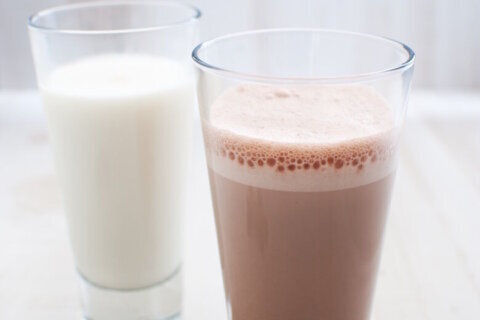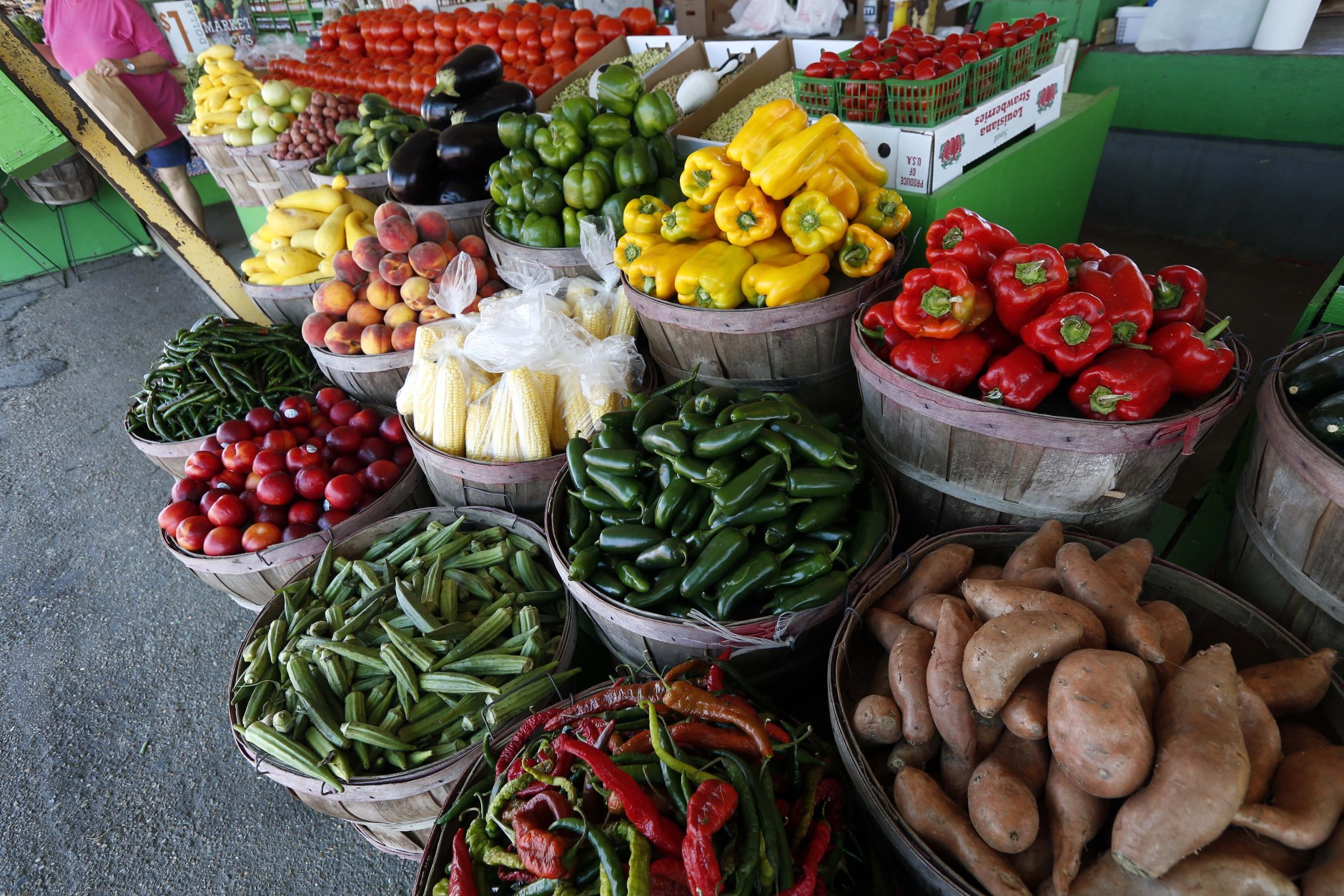

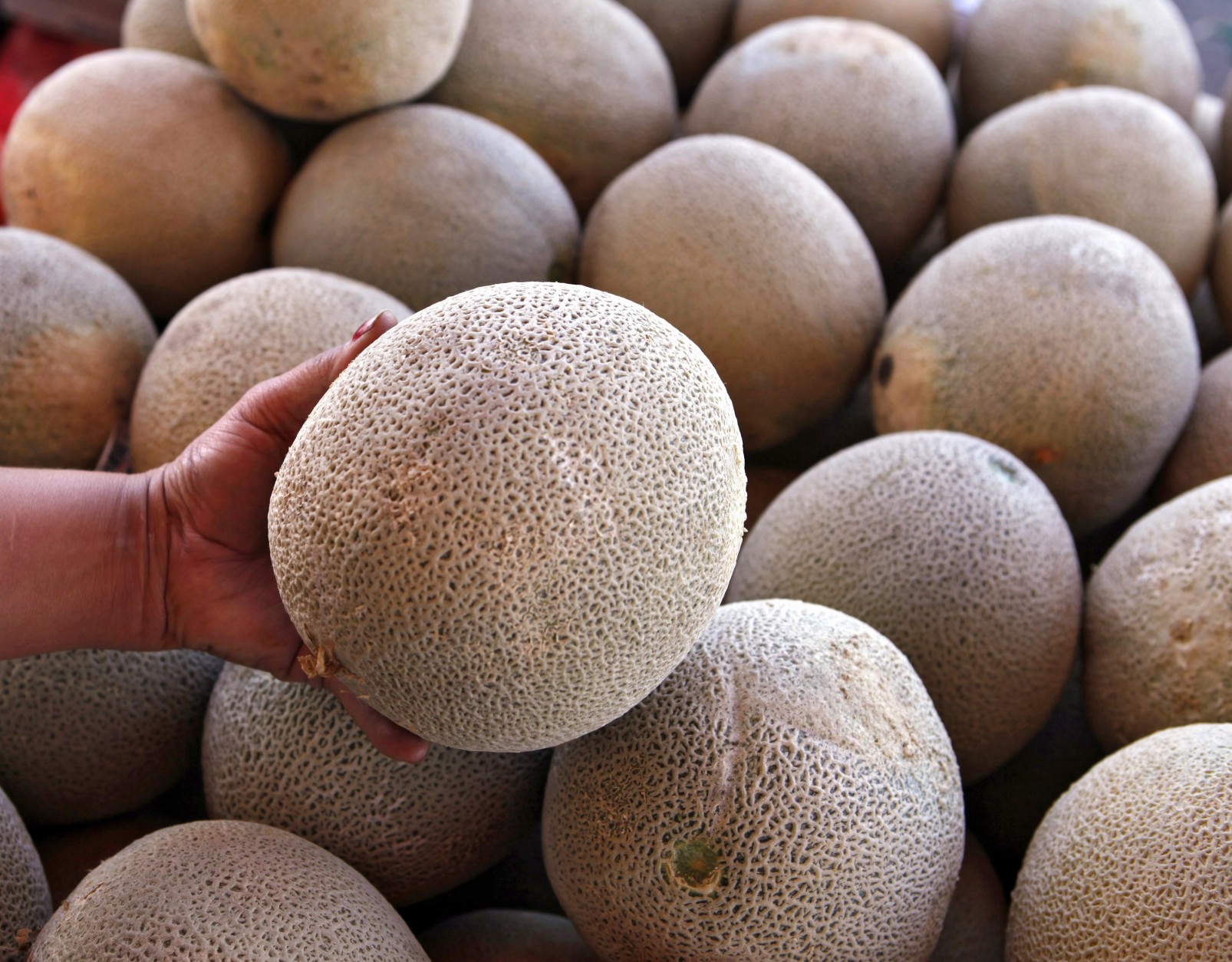

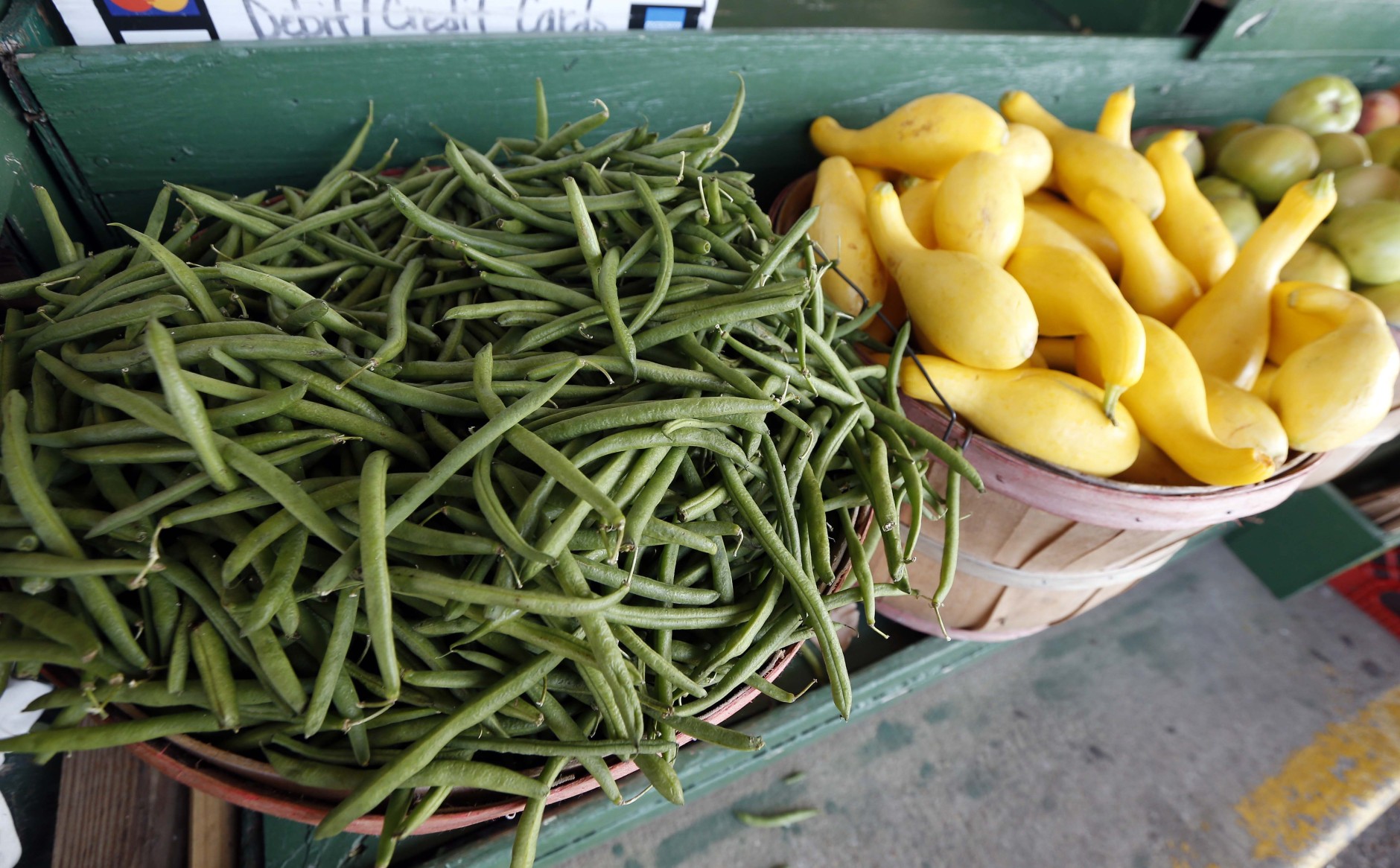
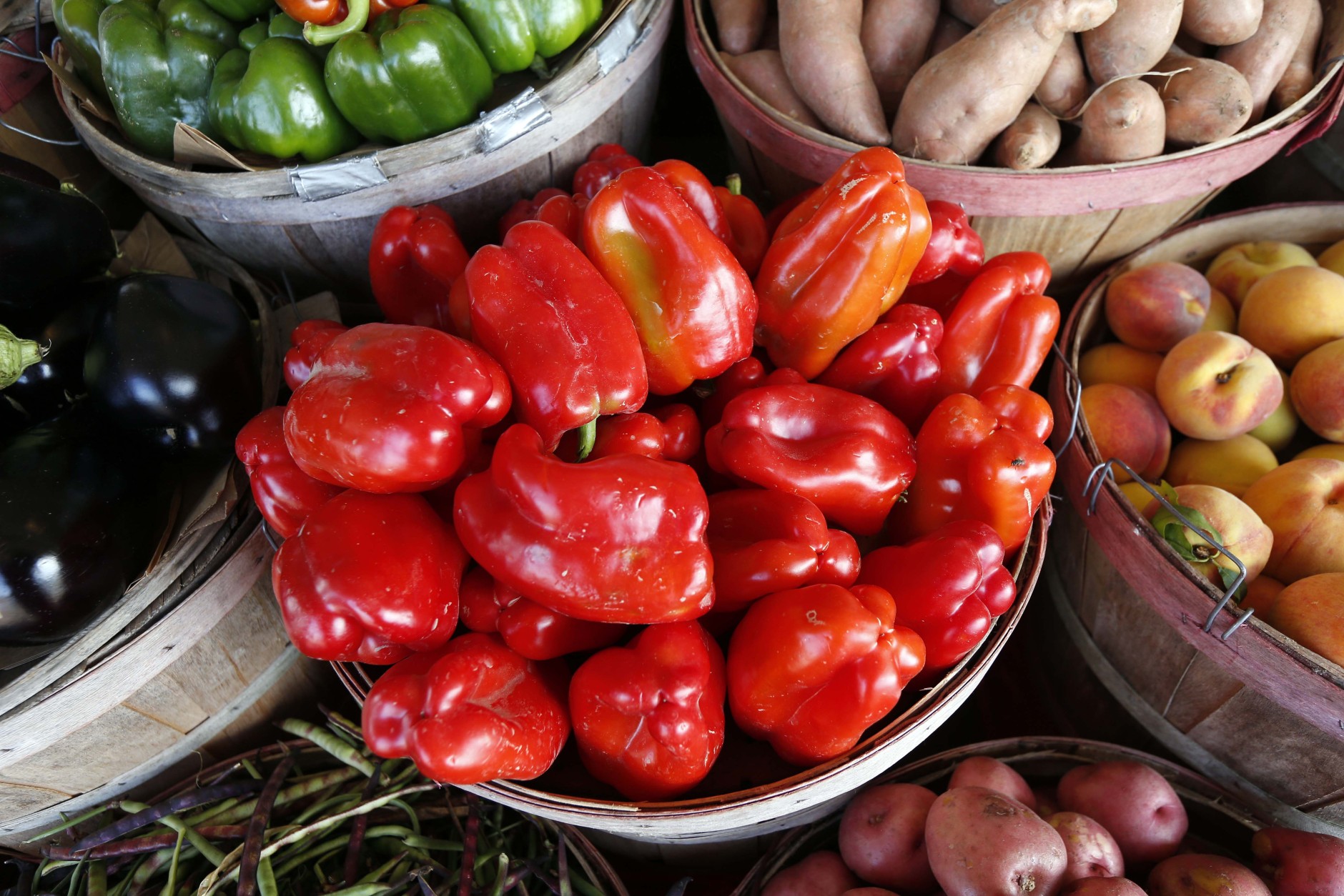
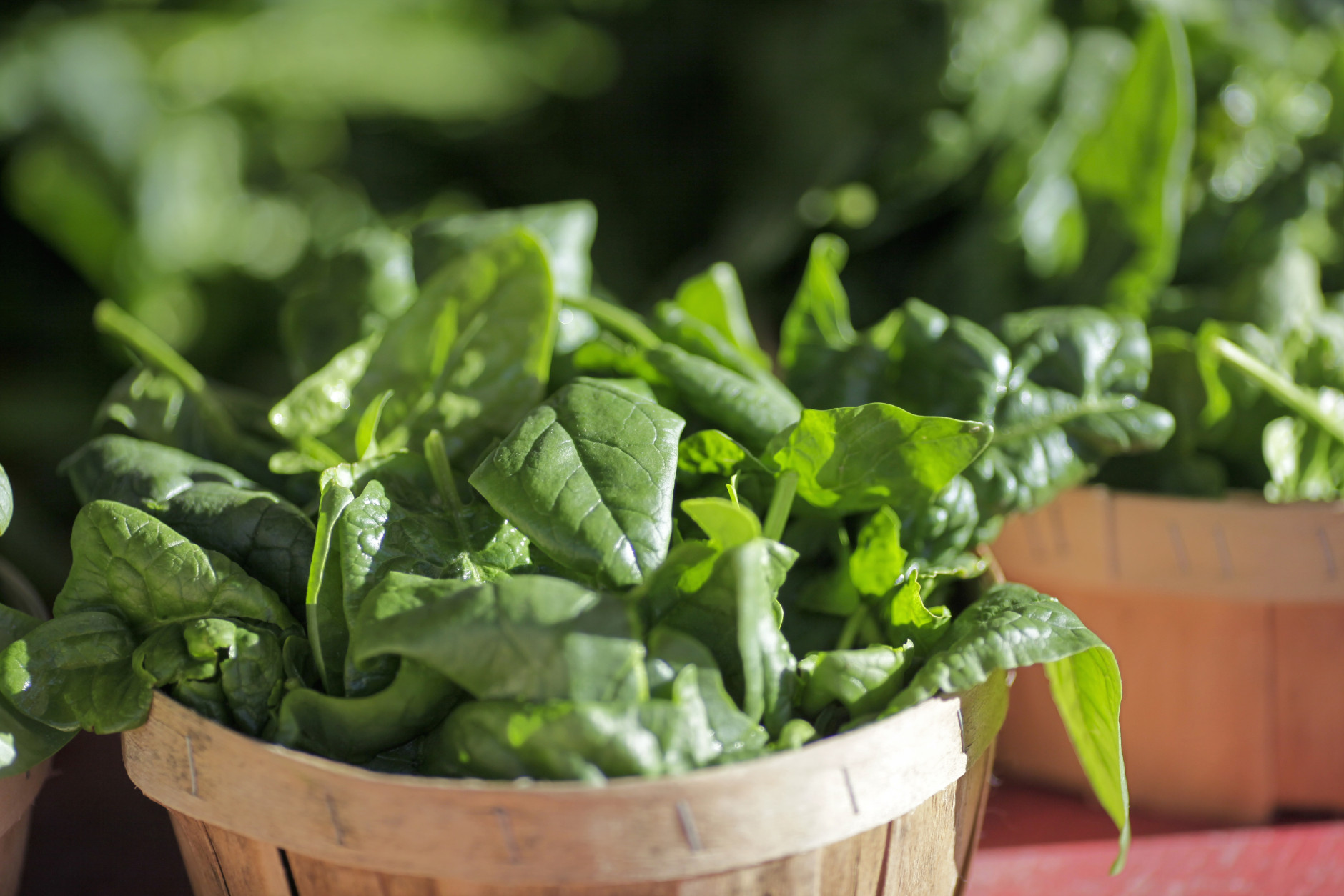
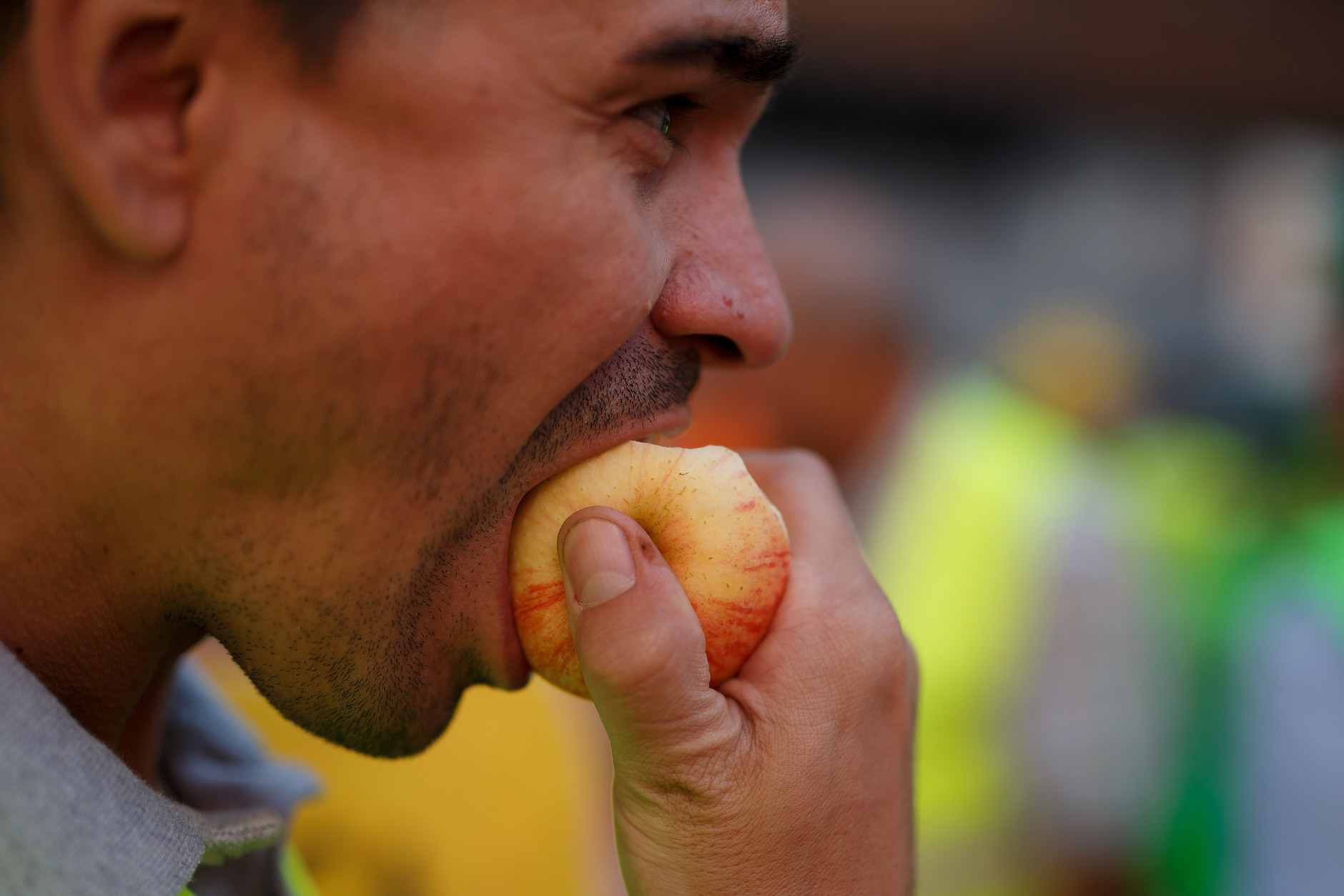
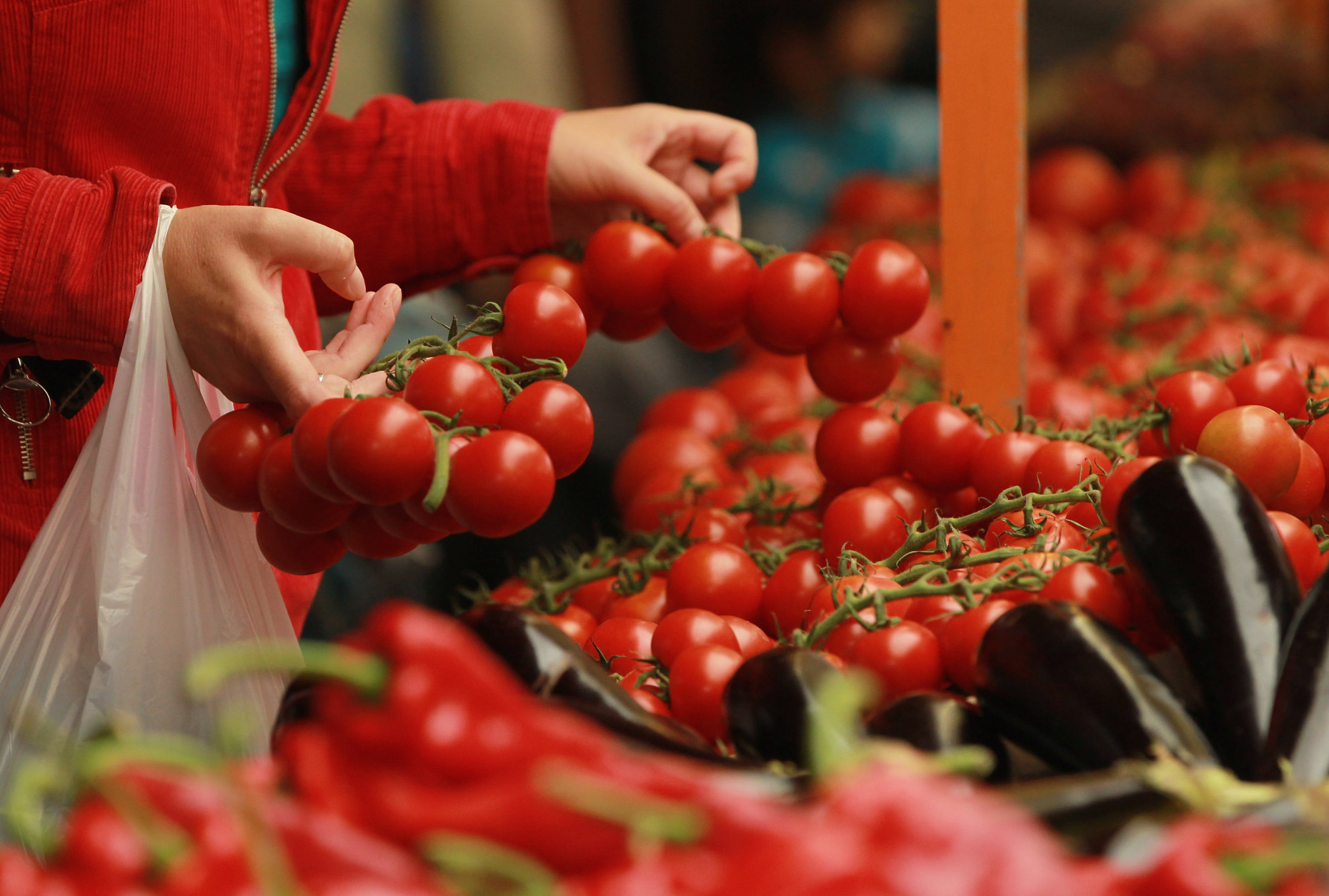
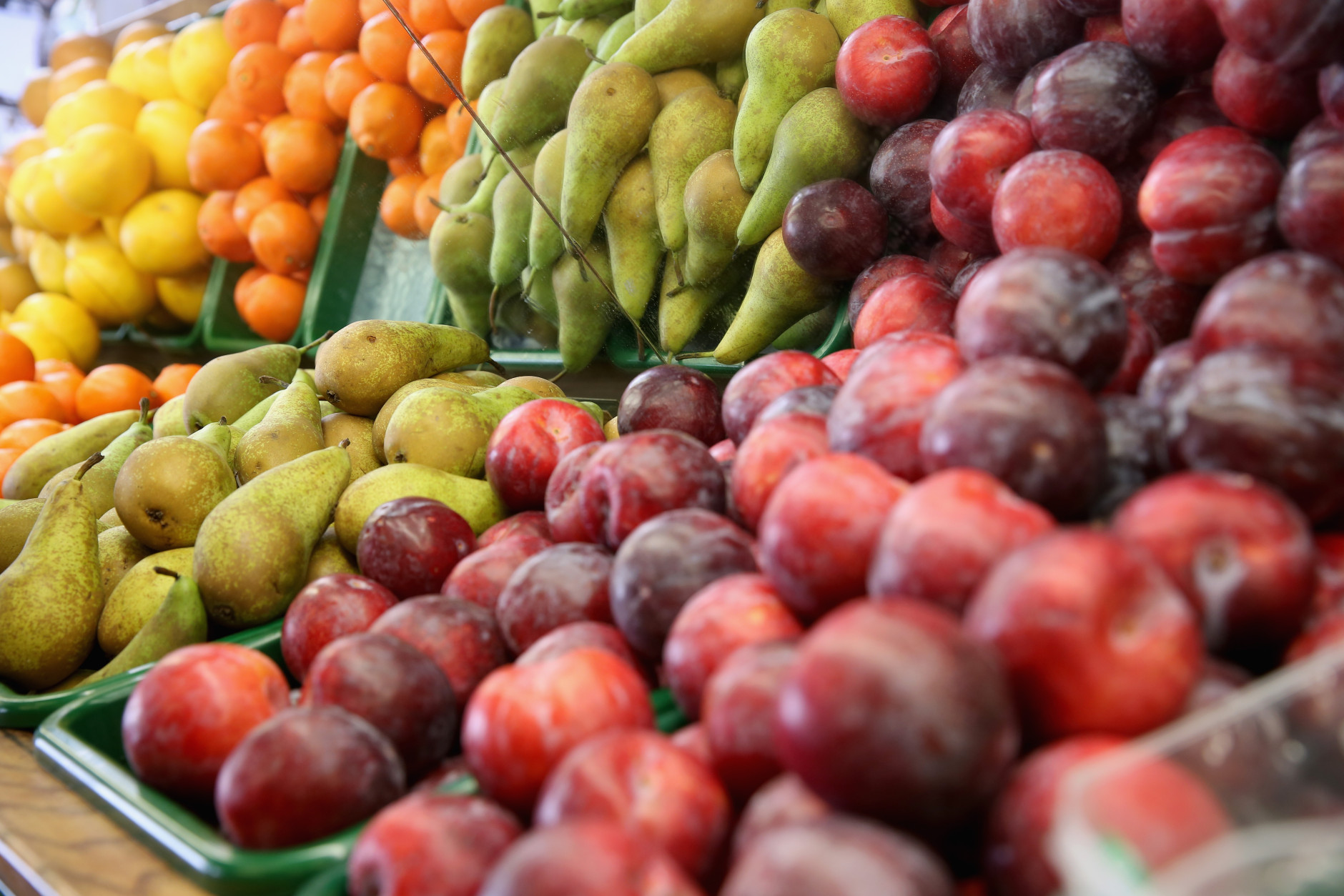
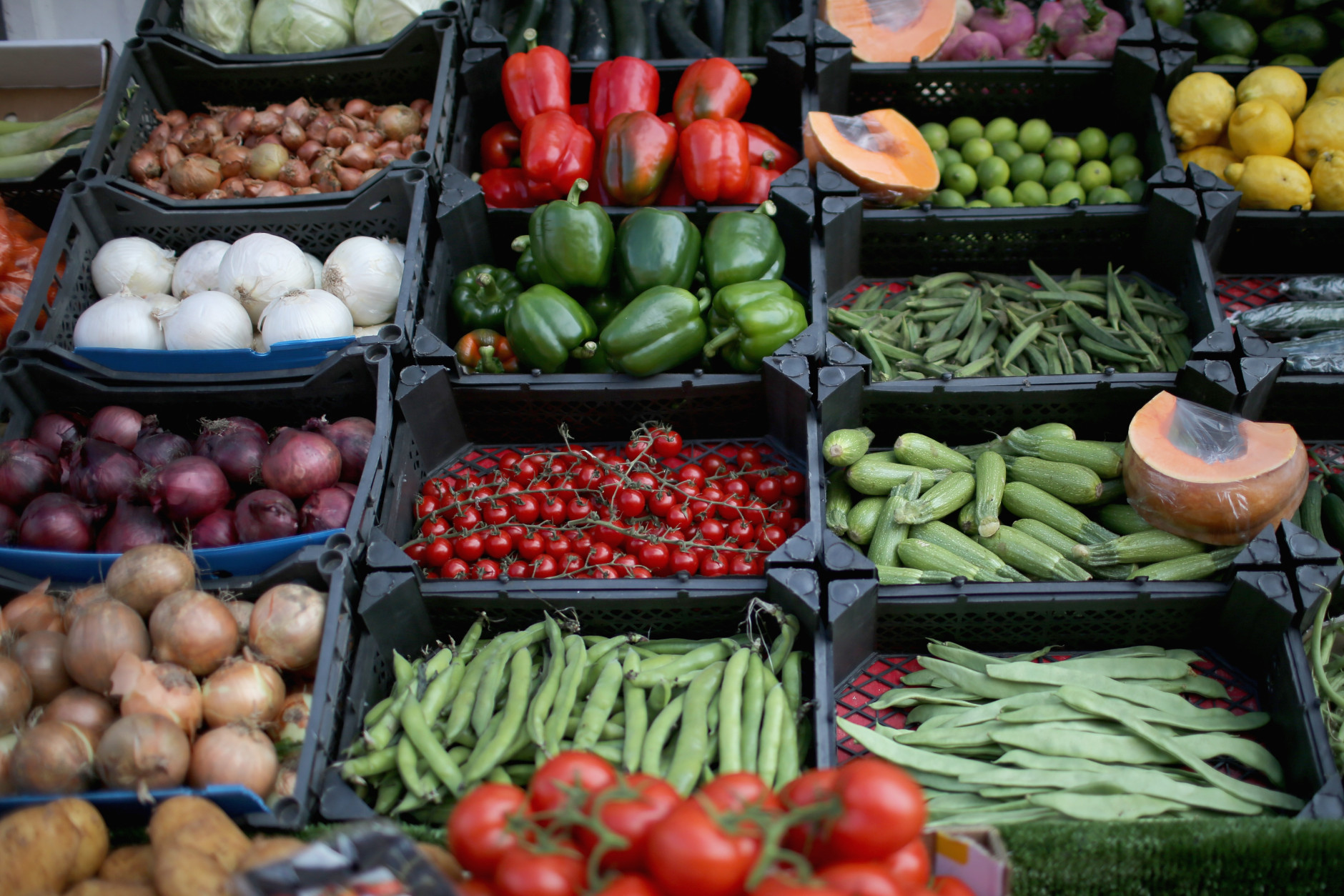

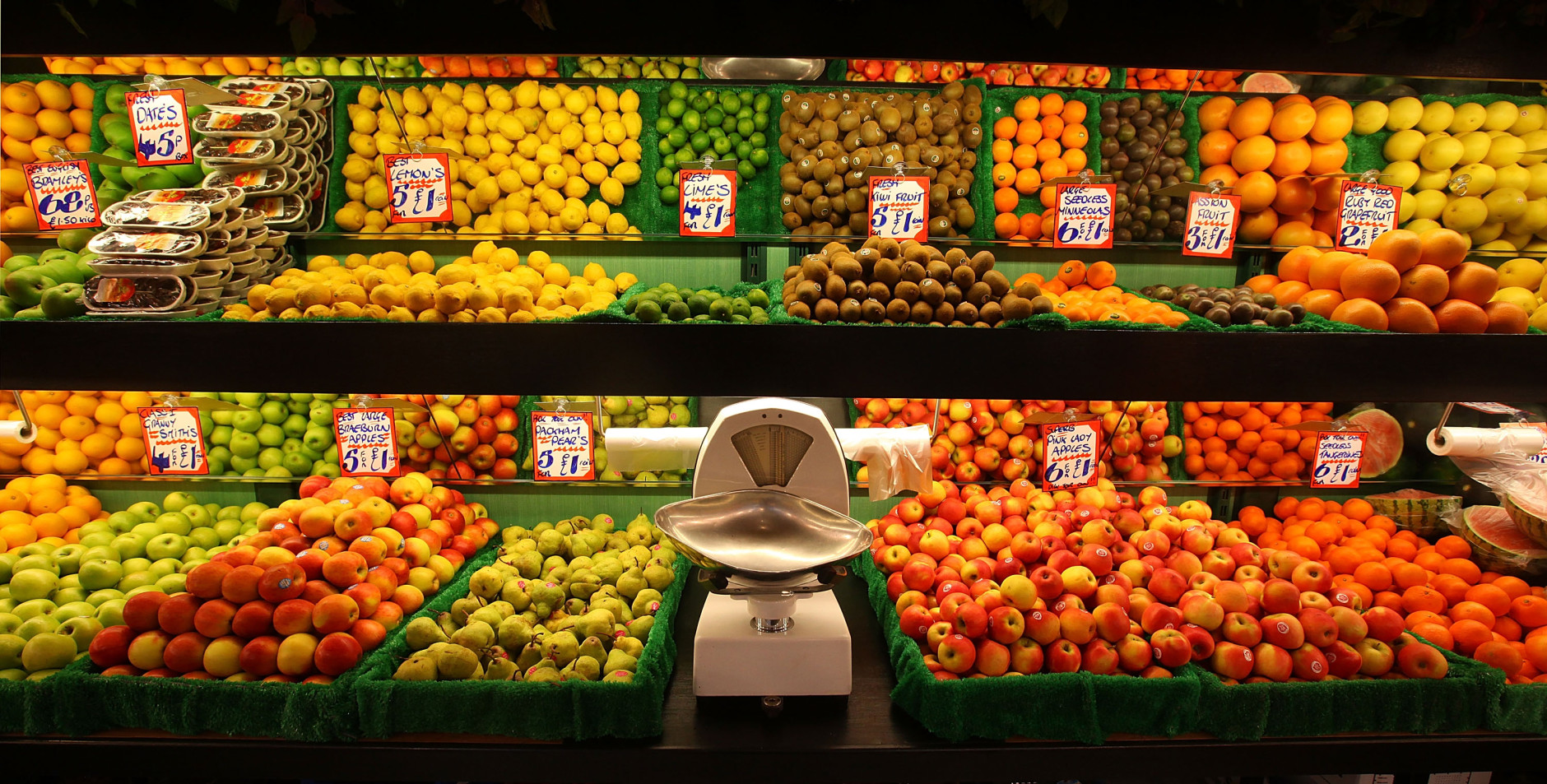
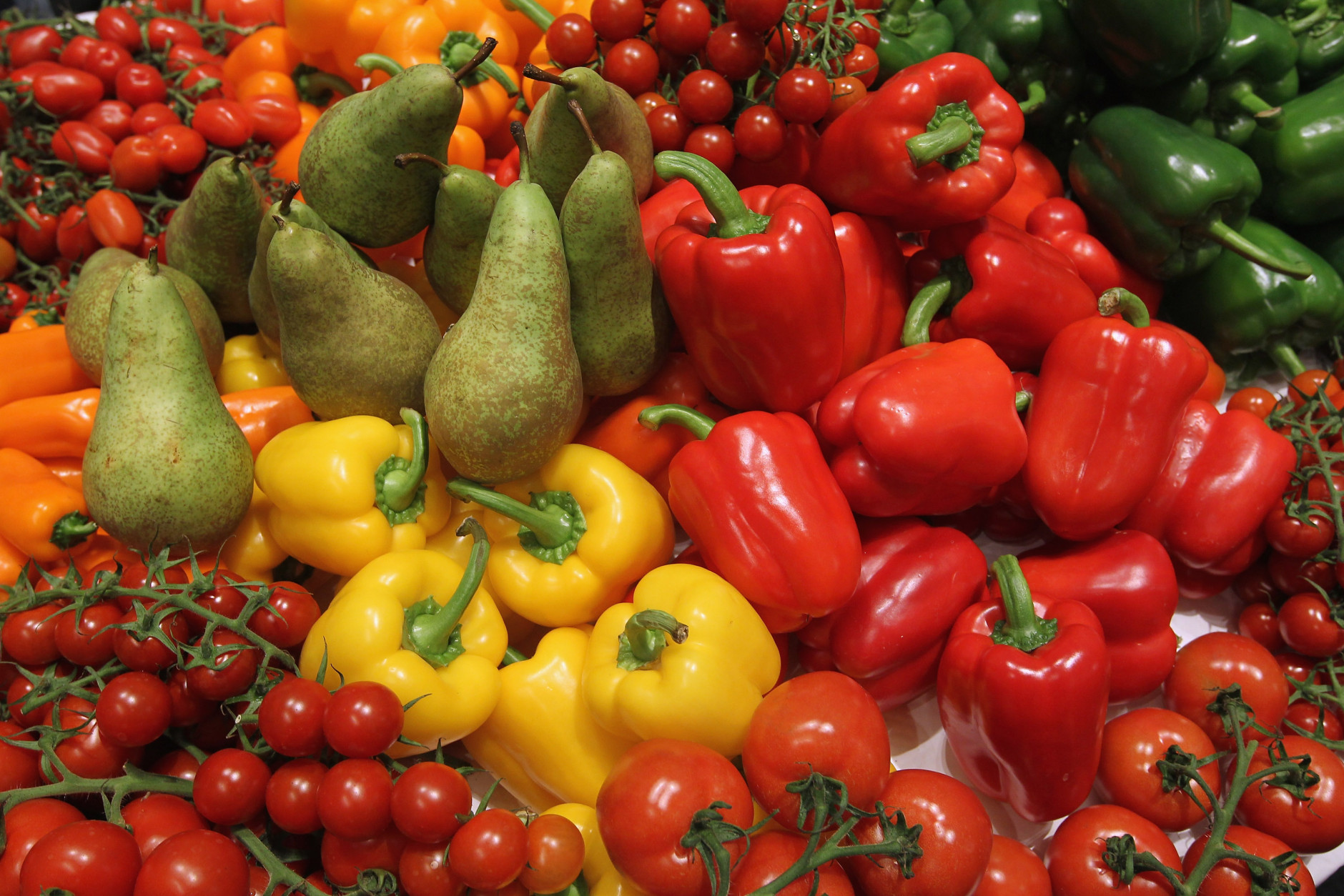
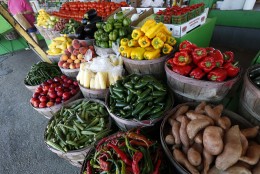
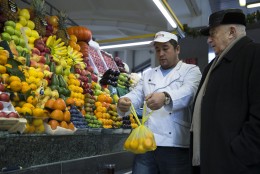
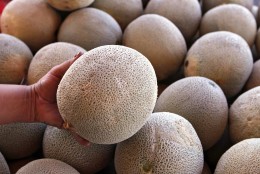
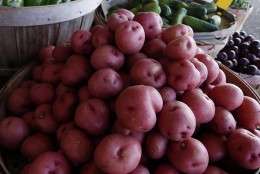
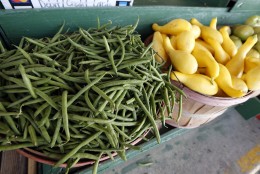

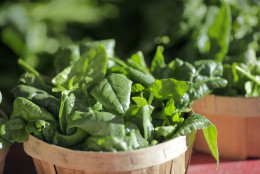
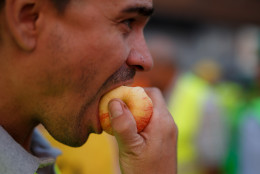
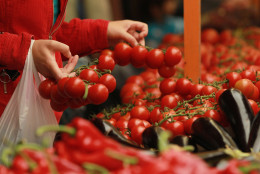
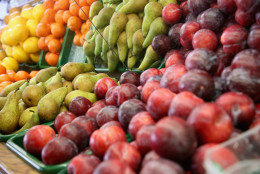
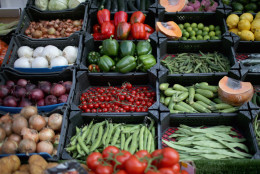
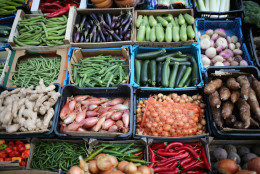
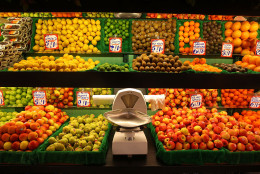
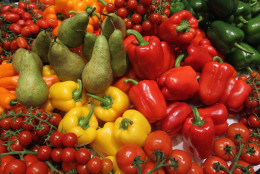
You open your refrigerator, fired up and ready to make a healthy change, and what do you find? That your spinach is slimy, your avocado is brown and your berries are covered in mold. We’ve all been there — and then usually ordered a pizza.
“It’s annoying, but it’s important to remember that the reason produce spoils more quickly is the same reason it’s so delicious and so healthful — it’s alive,” says Mike Fenster, a Florida-based board-certified interventional cardiologist and trained chef. “When produce starts to spoil, it’s actually undergoing the natural cycle of life, death and decay.” And that eventual decay includes nutrient loss.
So to keep yourproduce as tasty and nutritious as it can be and help you hit your five-a-day, here are eight savvy food-saving tips experts swear by:
1. Arrange Asparagus Like Fresh-Cut Flowers
The easiest way to keep asparagus fresh: Keep it alive. To that end, Fenster recommends storing your stalks like fresh-cut flowers. Place a diagonal cut across the ends and then put them in a vase or glass (with about an inch of water) in the refrigerator. The refrigerator’s lower temps will prevent the veggies from wilting, says biochemist Colin Dennis, president of the Institute of Food Technologists. Add water whenever you see that it’s getting low.
2. Store Your Lettuce With a Dry Paper Towel
Once harvested, leaves like spinach and arugula immediately start seeping water. Meanwhile, naturally occurring bacteria and molds on their surfaces invade the plants to make them slimy and altogether inedible, Dennis says. To avoid both issues, wash your lettuce as soon as you get home from the supermarket, and then dry it in a salad spinner, Fenster says. Store the dried leaves in a plastic bag or other air-tight container, along with a dry paper towel to wick away moisture. Whenever the towel becomes saturated, swap it out.
3. Keep Basil Out of the Refrigerator
While most fresh herbs love to hang out in the refrigerator, basil turns black and wilts at low temperatures, Fenster says. Your move: Keep basil on your countertop, ideally with the stems in a cup of water (à la asparagus) or wrapped in a wet paper towel.
4. Coat Cut Avocados and Apples in Lemon or Lime Juice
It only takes minutes for cut avocados and apples to start browning. That’s because, when you cut them, you not only expose the inside of the fruit to oxygen, you release enzymes that speed up the rate by which the fruit reacts, pretty negatively, to that oxygen. Citric acid, naturally found in lemons and limes, however, inactivates those enzymes to slow down any browning, Dennis says. Simply squirt or brush lemon or lime juice, whichever you prefer, on sliced avocados or apples before storing them in an airtight container or plastic wrap, Fenster says. The latter works especially well atop a halved avocado.
5. Keep Bananas Bunched in the Refrigerator
One day they’re green and hard. The next, they’re black and mushy. “At a certain stage of development, bananas experience a surge in their production of ethylene, the natural ripening hormone,” Dennis says. And once that happens, they move quickly from not-quite ripe to overripe. Leaving them alone — making sure not to separate a banana from the bunch until you’re ready to eat it — will help reduce any further spoilage. And be warned: While storing them in the refrigerator will keep the inside fruit better, longer, it will cause the skins to darken more quickly, Fenster says.
6. Set Tomatoes on the Top Shelf of the Refrigerator
Ruby reds have pretty finicky thermostats. They ripen quickly — sometimes too quickly — when left at room temperature, but their high water content can start to crystallize even in the refrigerator. Luckily, the top shelf of the refrigerator, closest to the door, is slightly warmer than most other areas, making it a pretty good spot for tomatoes, Fenster says. Or, if you’re lucky enough to have a wine cellar, store tomatoes alongside your vino. Wine cellars are typically set to about 50 degrees, which is perfect for tomatoes.
7. Keep Berries Out of the Crisper
“Unlike other fruits and vegetables, avoiding the crisper is the proper strategy with berries,” Fenster says. “The crisper is more humid and has lower air circulation compared to the rest of the refrigerator.” To keep moisture all the way to a minimum — to blame for any mold — he also recommends not rinsing blackberries and raspberries in water prior to storage. “Once water gets into those little nooks and crannies, you will never get it completely out.”
8. Put Potatoes in a Brown Paper Bag
“When potato tubers are exposed to too much light, they start to get a greenish tinge to them. This correlates to the production of a compound known as solanine, which is a glycoalkaloid toxin,” Fenster says. “This can not only affect the taste, but can make you ill.” Yikes. To keep potatoes out of the light, and also reduce excess moisture, keep them in a brown paper bag, ideally in a cool environment, like the top step of a basement, he says. Don’t put them in the refrigerator; it’s too cold in there and can turn the potatoes’ starch into sugar.
More from U.S. News
8 Genius Hacks to Keep Your Produce From Going Bad originally appeared on usnews.com

